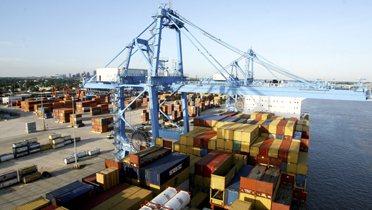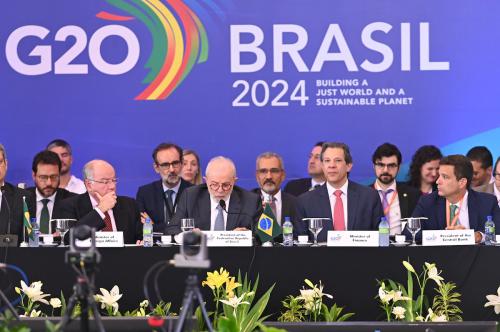This week’s Economist references an intriguing study by Boston Consulting Group, entitled “Winning in Emerging-Market Cities.” The study provides a granular, market savvy, and business relevant interpretation of the urban revolution underway in developing nations across the world. The new world order is an urban order. For the first time, more than half of the world’s population now lives in cities and their metropolitan environs.
In the past, most of the global focus has been on the world’s “mega-cities”; 23 communities with more than 10 million people comprising 5 percent of the world’s population.
The BCG report appropriately moves the emphasis beyond the mega-cities to the “many cities” that are driving global demand. As the report shows:
“There are already 717 emerging market cities with populations of more than 500,000, and another 371 such cities will reach this size by 2030. There are only 240 cities of equal size in the developed world today.
“Already in 2010, emerging market cities drive more than 60 percent of world GDP growth. By 2015, they will account for 67 percent of this growth.”
The BCG report focuses naturally on corporate strategies that can take advantage of consumption and infrastructure demands in emerging market cities. But the report has enormous implications for American politics and economic policy as the nation struggles with a slow, jobless recovery.
First, the BCG study reinforces that the “rise of the rest” is the direct product of urbanization and the emergence of new national networks of cities and metropolitan areas. In many respects, the United States should embrace this trend. Our 100 top metros alone, all with populations over 500,000, house two thirds of our population and generate three quarters of our GDP. Yet, despite our metropolitan preeminence, the U.S. rarely acts or thinks as a metro nation. We prefer to languish in the mythology of small town and rural America and under-invest in the 21st century metropolitan institutions and infrastructure that underlies national prosperity. Our failure to understand and exploit urbanization in our country may be our Achilles’ heel as the century unfolds.
Second, the BCG report has clear lessons for U.S. export strategy. Last week’s release of the administration’s National Export Initiative generated the traditional (and well deserved) criticism of Chinese currency manipulation and broader mercantilist policies. Yet the BCG study implies that, below the “big stuff,” U.S. export promotion strategy must be more explicitly tailored to the spatial realities of global urbanization. To that end, the Department of Commerce has undertaken a very small but promising Global Emerging Market Strategy (“GEMS’) to connect American firms to second tier cities like Pune in India. They are currently contemplating expanding GEMS to make metro to metro connections, particularly with those U.S. metros that specialize in the economic clusters that produce the exact goods and services that emerging cities need. This is smart, focused policy, which deserves additional support and recognition.
Finally, the BCG report is a challenge to American cities and metropolitan areas to understand their own position in the global market and relationship to rising cities around the world. For the past 20 years, most U.S. cities have merely ridden the nation’s consumption wave, focusing more on strategies that boost real estate values than efforts to burnish their clusters of export strength. Urban economic development needs an extreme makeover in the United States. A recent paper that I co-authored with several colleagues at Brookings recommends that each city and region design and implement “metropolitan export initiatives.” That’s a good place to start.
The BCG report says unequivocally that global growth will be led by global cities. It is time for the United States to recognize that fact and join and lead the metropolitan century.





Commentary
The Driving Force of Global Cities
September 21, 2010